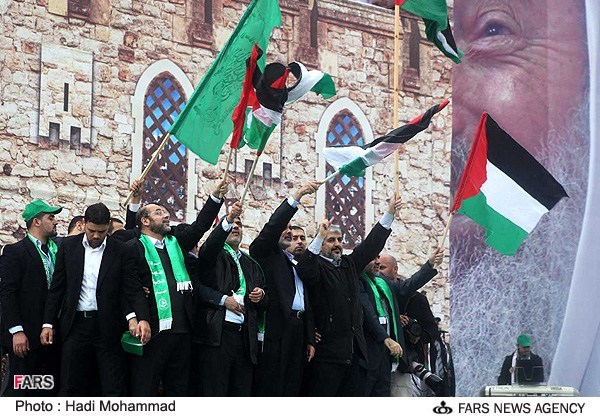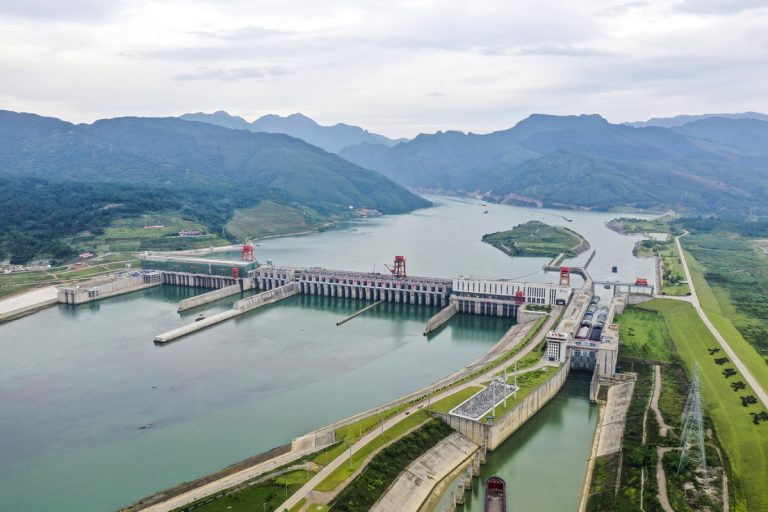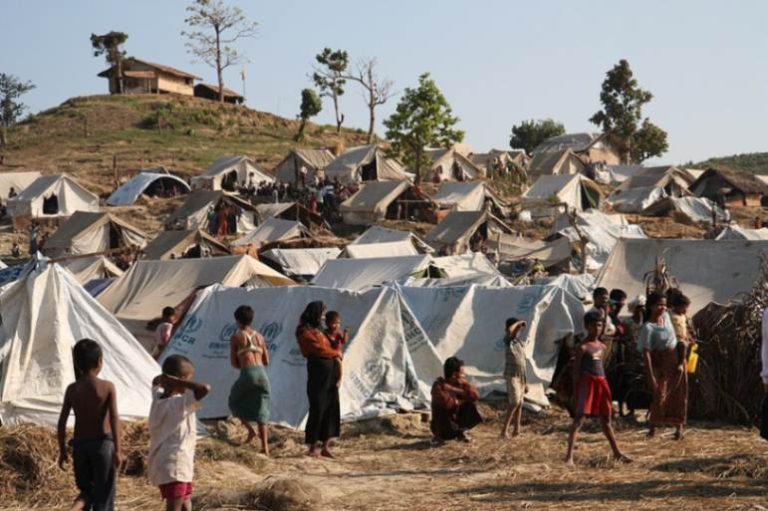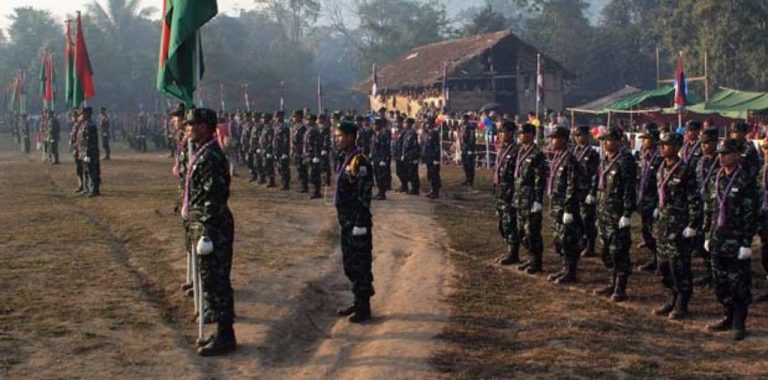
Hamas is a Palestinian politico-armed faction operating out of the Gaza Strip. Hamas is an Arabic acronym for “Islamic Resistance Movement’’. Hamas was founded by Sheikh Ahmed Yassin in 1987 during the first “Intifada,” the Palestinian uprising against Israeli occupation. Sheikh Yassin was a member of the Muslim Brotherhood with its roots in neighboring Egypt. Hamas had ideological differences with the nationalist secular Palestinian Liberation Organization (PLO) of Yasser Arafat. Israeli intelligence found those differences helpful and tried to undermine the PLO by funding and propping up Hamas as a counterweight to the PLO. Before the creation of Hamas, its founding father, Sheikh Yassin, had good working relations with Israelis and was involved in various charitable work around the West Bank and Gaza Strip. Sheikh Yassin was not in favor of the armed struggle against Israel as he aimed to work with them for the betterment of the Palestinian people. Israelis misjudged the intentions of Sheikh Yassin, and they generously funded Hamas through various mediums. Contemporary developments around the Gaza Strip are proving those Israeli calculations futile to their own national security for using Hamas as a counterweight to PLO.
Hamas has a political wing, which Ismail Haneyyah leads. They contest elections and are in charge of the political affairs of the Gaza Strip. The military wing of Hamas is known as the “Izz Din Al-Qassam Brigade,” which is currently fighting against the Israelis, and this same brigade conducted Operation Al-Aqsa Flood on October 7. The political leadership of Hamas manages its affairs from abroad, and they have offices in Turkiye and Qatar, respectively. Hamas receives the bulk of its funding from Qatar and Iran. Iran annually provides around 100 million dollars to different Palestinian liberation fronts operating out of the Gaza Strip. Iran publicly acknowledges that it supports the Palestinian cause because support for the liberation of Palestine has been the central pillar of Iranian foreign policy since the Islamic revolution of 1979. Iran also provides arms and ammunition to the Hamas militant wing to fight the Israeli occupation, and there are testimonies of Hamas leaders thanking the Islamic Republic for their military support. Qatar is one of the few Gulf countries that support the people of the Gaza Strip. Qatari funding to Gaza passes through Israelis. Qatar provides 100 dollars per month to the Palestinian families affected by the conflict. The money goes through Israeli and U.N donor agencies, which record the funds provided. They run most of the power plants in Gaza and fund various charitable organizations. The fuel for the power plants goes through Egypt and Israel, for which Qataris pay to the respective governments. It is allegedly reported that fuel provided by Qataris for the power plants in Gaza ends up in the hands of Hamas, and they then resell that fuel and use it to fire rockets against Israeli settlements. Hamas also collects a few million dollars from charities in different Gulf countries and Turkiye and funnels this money into Gaza via cryptocurrencies and various offshore trading companies. Hamas utilizes those illegal sources of funding because they are officially designated as a terrorist organization by the U.S., UK, and E.U., due to which they cannot use legal banking channels.
Hamas has adopted a very cost-effective approach to fight the Israelis, who are much superior to the rag-tag fighters of Hamas. Hamas has dug up tunnels in the entirety of the Gaza Strip, mostly in southern Gaza, which is very densely populated, and those tunnels are at some locations 50 meters deep and hundreds of kilometers long. The total area of Gaza is estimated to be 365 sq. km, which runs across the coastal belt of the Mediterranean Sea. It answers the question of why the Israelis are delaying a full-blown ground invasion of Gaza and have infiltrated into Gaza in the targeted regions because they know that the ground invasion of Gaza won’t be a walk in the park. Hamas has borrowed its tactics of fighting Israelis from Iranian-trained and funded Hezbollah, which is located in Southern Lebanon. In 2006, Israelis were forced to withdraw from South Lebanon due to the stiff resistance and tunnel warfare that Hezbollah waged. Hamas uses those deep and widespread tunnels to store fuel, arms, ammunition, food, and medicine supplies, shelter for its fighters, and to make rockets. Hamas has enough expertise in manufacturing rockets locally within those tunnels and a variety of improvised explosive devices. Hamas fires barrages of locally made Qassam and Grad rockets toward Israel and then retreats into the tunnels to avoid Israeli airstrikes. Israel has acquired a state-of-the-art air and missile defense system to secure its citizens and territory from Hamas rocket attacks. The famous iron dome is all weather missile defense system specifically designed to counter the threat of incoming Hamas rockets. Each battery of the Iron Dome consists of a radar that intercepts the incoming missile and a Tamir interceptor that kills the incoming rocket in the air before landing on the intended target. Every Iron Dome battery contains three/four launchers, each carrying 20 interceptors. Hamas’s strategy is simple: they overwhelm the Israeli Iron Dome system. First, they launch the incendiary balloons possessing low-yield explosives and a barrage of rockets. In simple mathematics, one battery of Iron Dome can stop 60/80 incoming missiles at one time if Hamas first fires incendiary balloons, then a barrage of 20 to 30 rockets, at least 5 to 10 rockets are going to fall on the Israeli territory. Iron Dome can be reloaded relatively quickly in a few minutes, but still, Hamas has that few-minute window to fire rockets toward Israel. On top of that, Israel funnels a lot of resources into its missile and air defense system. In contrast, Hamas uses water and sewerage pipes to make the design of rockets and put crude explosives into those rockets and uses a very basic and cheap ignition mechanism. On the other hand, one battery of the Iron Dome costs Israel 100 million dollars, and one interceptor missile costs 40,000 to 50,000 dollars to intercept a rocket worth a few 100 dollars. In his landmark paper “Why big nations lose small wars?” Andrew Mack argued the same point. An asymmetric war is one where there is considerable disparity between the two contending parties in terms of technology and resources. To meet those shortcomings, the smaller group wages war in an asymmetric way to exhaust the resources and will to fight of the much larger and superior adversary. Hamas has been doing the same with Israelis since their inception.







